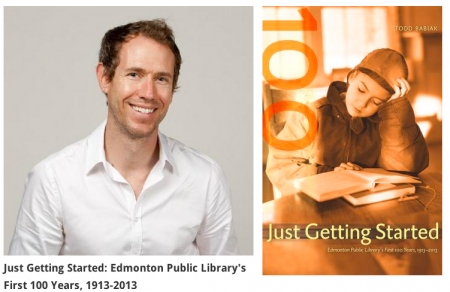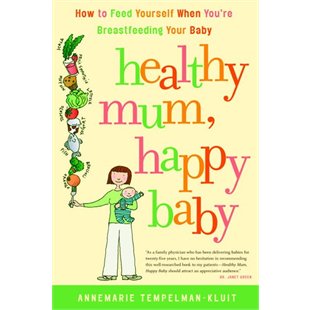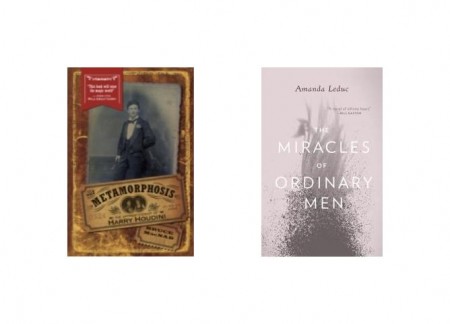The Edmonton Public Library is celebrating 100 years and one of my favourite writers is the author of the Library’s grand story. Just Getting Started: Edmonton Public Library’s First 100 Years, 1913-2013 by Todd Babiak is published by the University of Alberta Press.
If you live in Edmonton, U of A Press has released 17 copies of the book “into the wild”, one for each branch of the library. The idea is for people to take a photo of the book and share it on social media (Facebook, Twitter, Pinterest are all good spots), then leave the book somewhere new. Use the hashtags #epl100, #eplbooktravels to spread the message.
The launch is part of LitFest, on Tuesday, October 22 at 7 pm at the Stanley A. Milner Library Theatre. The event is free, and everyone is welcome. You should RSVP asap though at http://litfestalberta.com/events/just-getting-started#.UlwR1WRAQi4.
Regardless of where you live, the EPL is also allowing free downloads of the ebook (PDF, EPUB, and Kindle formats) from its website. EPL.ca/100/book. Look for the tabs with extra content, excerpts, contests, etc.
I don’t have any connection to Edmonton personally but I do love Babiak’s writing and he’s brought the EPL’s story to life through a series of stand-alone, yet interlinked chapters. The archival photos are wonderful and the story of the Library is really the story of a city.
I really liked this chapter “The Violinist with a Broom,” which is a story about one of the library’s janitors turned music director. Russian-born Nicholas Alexeef was hired by the library as a janitor in 1928 but nobody knew, or asked, about his training, which happened to be as a violinist. He was trained by a professor from the Paris Conservatory, took his examinations at the Petrograd Conservatory, and for one winter lived with one of the greatest teachers of the century, the Hungarian violinist Leopold Auer, in Saint Petersburg. But a year before he could complete his studies, he was drawn into military service, fought on the anti-communist side, fled, and arrived in Canada in 1924. I won’t tell you how he became the music director because you should really just read the story. In fact, read the whole book! It’s filled with really interesting stories of the people of Edmonton and how the Library played a central role in the politics and development of the city.
Here’s Todd Babiak talking about the book.
Todd Babiak is the perfect author for this book because he’s a great writer (check out his new book Come Barbarians or my reviews of his previous books, The Garneau Block and The Book of Stanley), plus he lives in Edmonton and was a columnist for the Edmonton Journal. Did I mention, I love his writing?













